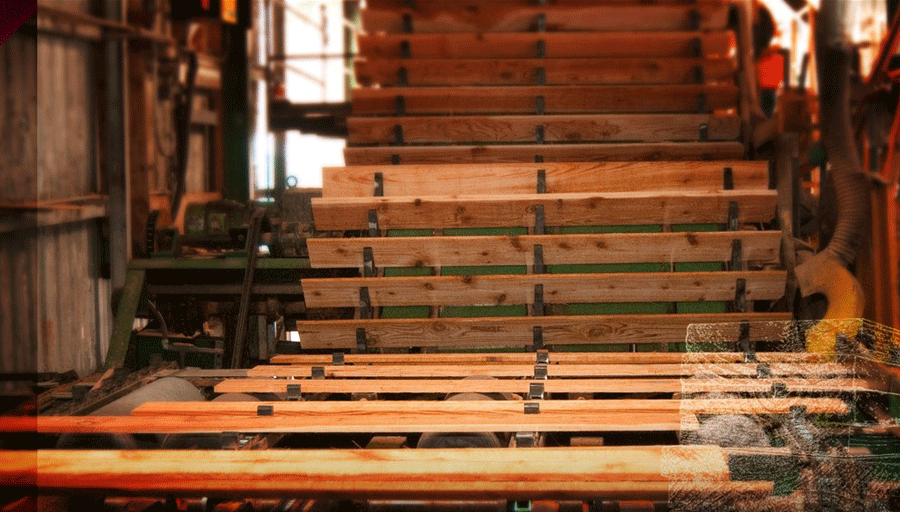The Solution
Specifically, the company looked for an inexpensive but capable HMI that they could easily develop, deploy, and customize for an individual sawmill, with no tag, screen, or user limitations. They considered several solutions but rejected them due to restrictive licensing, limits, and expense.
After an extensive Internet search and discussion with peers in the industry, Alta found Opto 22’s groov® View.
“We were able to try groov View for free and could immediately see how easy it was to build an HMI that we could use on mobile and PC clients, with any browser,” says Geoff Eastman, Controls Manager. “In addition, since it’s browser based, any PC workstation can be used to develop or change the interface.”
Starting with groov Server for Windows™, which runs on a Microsoft Windows® PC, the company soon found the groov Edge Appliance (groov Box™) worked even better for their purpose. The groov Box is industrially hardened and can be placed in tough locations where a PC could fail. It also offers built-in security and additional features for industrial internet of things (IIoT) uses.
Both groov products include groov View software for building and viewing an HMI. groov View’s drag-drop-tag interface shortens the time needed to build an interface.
Once built, the interface can be viewed by authorized users from any device with a web browser, from a smartphone to a web-enabled HDTV. The software requires no keys or user fees and has no user or device limits.
Once built, the interface can be viewed by authorized users from any device with a web browser, from a smartphone to a web-enabled HDTV. The software requires no keys or user fees and has no user or device limits.
Many sawmill processes at Alta Forest Products are controlled by Allen-Bradley® ControlLogix® or SLC-500 control systems. The groov View software connects to these PLC systems and provides data, monitoring, and even control if users have authorization.
The company maintains secure firewall-to-firewall connections over the internet for its five discrete locations—headquarters and four sawmills—so data from all locations can be securely accessed within the HMI.

Critical KPIs are now available for machines such as this mill stacker.